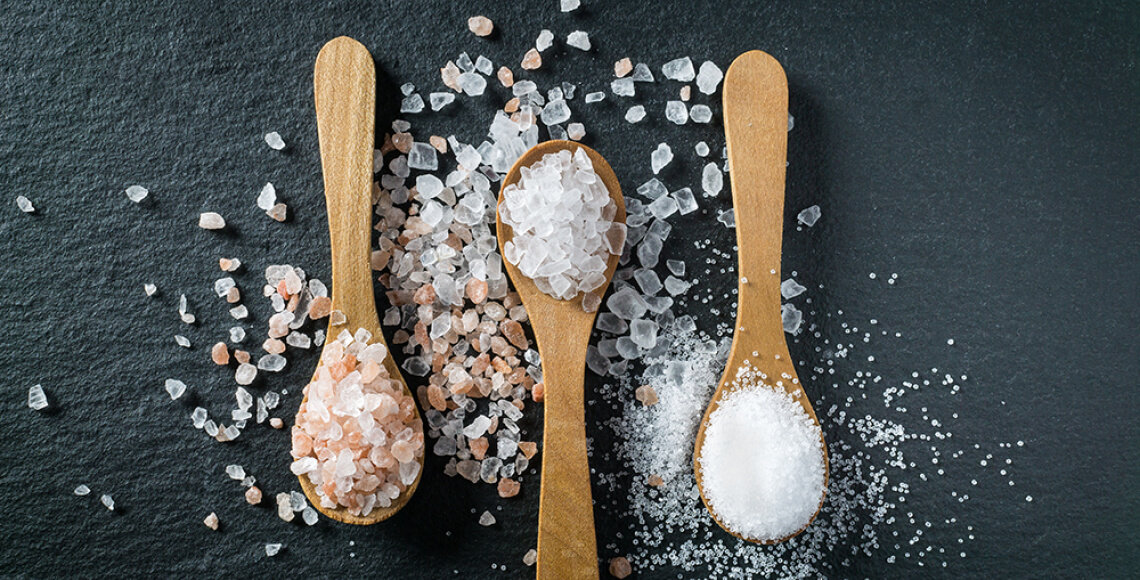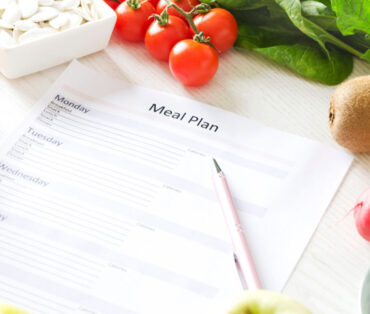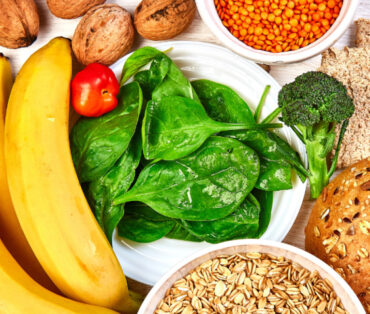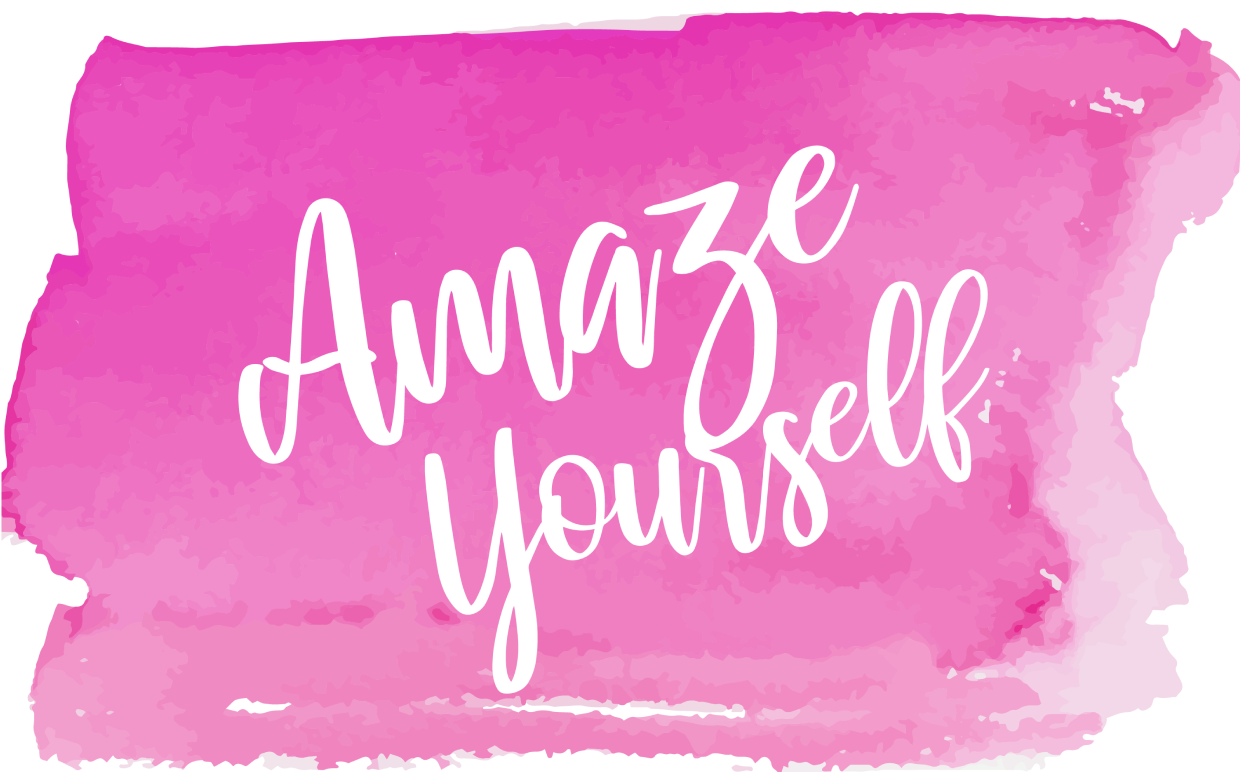9 Reasons to Lower Your Sodium Intake
Many Americans exceed the maximum recommended daily amount of sodium, but switching to unsalted pretzels, plain popcorn, or—gasp–skipping seasoning altogether–can leave your taste buds bored. The secret is lowering your salt intake to match levels recommended as part of a healthy eating plan without sacrificing taste. Luckily, your Curves Coach is standing by to give health tips on how to incorporate your weight loss eating plan into your overall routine while still enjoying tasty recipes. For added motivation, here are some important benefits of cutting salt:
1. You’ll lose bloat
Your body only requires about 500 milligrams of sodium (roughly ¼ teaspoon of salt) every day to support your nerves and muscles, yet the typical American consumes more than 3,400 mg per day. When your kidneys are no longer able to keep up with the higher levels of sodium, your body attempts to dilute the concentration using water from your cells. The result: fluid retention that causes swollen ankles, hands, legs, and feet. The American Heart Association recommends 1,500 to 2,300 mg of sodium per day as part of a heart healthy diet. As a nice side effect, you’ll de-bloat.
2. You’ll help keep your blood pressure under control
Don’t assume that because your blood pressure is fine now, you don’t have to watch how much salt you eat as part of a healthy eating plan. Fluid retention can put extra pressure on blood vessel walls, eventually driving up BP. And over time, high blood pressure will damage your heart. Therefore, everyone should be mindful of their salt intake, and parents should keep an eye on how much sodium their young children eat.
3. You’ll slim down.
Many foods high in sodium are also high in sugar and fat, making them no-nos if you are following a weight loss eating plan.1 These foods include commercially processed or prepared burgers, pizza, tacos, and pasta dishes. Instead, both in the name of low sodium and a healthy eating plan, think fresh—fresh fruits, fresh vegetables, and meals that have been freshly prepared.
4. You’ll get to enjoy tasty smoothies
Ever wake up in the morning and your rings or shoes are tight? Have a smoothie for breakfast. Potassium-rich foods help the kidneys do a better job of getting rid of extra sodium and are an important part of a healthy eating plan. Try one of our delicious smoothie recipes.
5. You won’t miss much
Foods that are high in sodium might not even taste salty.2 These foods include breads, cereals, soda (diet and regular), and cheese. To make sure a food you’re eating is within the sodium confines of your healthy eating plan, check the label and sodium per serving before you dig in.
6. You’ll save money
Less-processed, lower sodium foods–in other words, fresh foods that fit well into a weight loss eating plan—are often less expensive. Yay! You’ll spend less at the supermarket and get healthier at the same time—a win-win.
7. You’ll get cooked-to-order restaurant food
Here’s a little-known secret of some chain restaurants (and mom-and-pop places, too): Your meal is reheated, cooked earlier that day or, worse still, not made on the premises at all. It may also contain many of the high-sodium canned or packaged ingredients that you’re trying to shun at home. To find a restaurant meal that isn’t sopping with salt, call ahead and ask how accommodating the establishment will be.
8. You won’t be spending as much time in the doctor’s office
Besides heart disease, taking in too much salt has been linked to these conditions:3
- Cancer
- Osteoporosis
- Kidney Stones
- Kidney Disease
- Sleep apnea
- Headaches
- Enlarged heart muscle
- Heart failure
- Stroke
9. Your taste buds will adjust in a hurry
Great news: It takes your taste buds only a few weeks to adapt to a lower-salt healthy eating plan. Turns out, our 10,000 taste buds are made up of 100 or so receptor cells.4 These cells live for only a couple of weeks until new cells (which aren’t accustomed to a high-salt diet) replace them.
Sources:







